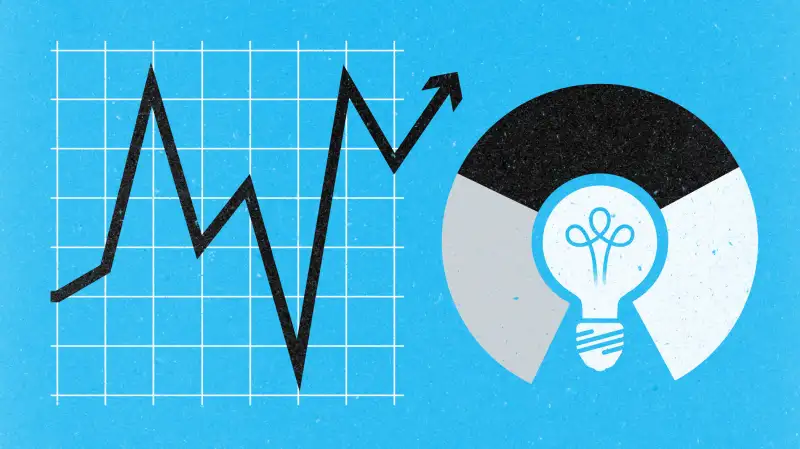The Best Way to Save and Invest for a Home
Money is not a client of any investment adviser featured on this page. The information provided on this page is for educational purposes only and is not intended as investment advice. Money does not offer advisory services.

Q: I want to save to buy a home in the next five to 10 years but don't want to use a savings account since they pay so little. Where should I save? — Maria, New York City
A: This is a dilemma, to be sure. With interest rates still so low, money held in a basic savings account likely would not keep pace with rising home prices. In New York City, for example, prices have increased 3% a year over the last four years, according to the S&P/Case-Shiller New York price index.
If you keep your house fund in cash for up to a decade, “you’ll lose money after factoring for inflation,” says Ann Reilley Gugle, a certified financial planner and certified public accountant with Alpha Financial Advisors in Charlotte, N.C.
Then again, your time horizon isn’t quite long enough to justify investing all of this money in the stock market.
So consider a compromise, says Gugle.
Keep Things Balanced
She recommends that you save via a balanced portfolio that is initially 50% stock funds and 50% bond funds.
For your equity portfolio, plan on putting about half of your stock allocation into a stock index fund that tracks the broad U.S. market, such as the Vanguard 500 Index fund , which owns all the stocks in the Standard & Poor’s 500 index. This fund gives you exposure to the 500 largest companies companies in the U.S.
The other half of your stock money can be divided between a diversified international stock fund and a fund that focuses on smaller domestic companies.
Use our Money 50 list of recommended mutual and exchange-traded funds to find these different types of portfolios.)
For your bond allocation, Gugle recommends pairing an intermediate-term high-quality bond fund with global exposure, along with income oriented funds.
Keep Things Simple
“Each year you get closer to your target purchase date, you scale back the equity portion,” she says. In other words, as your time horizon shortens, you should be shifting more of your money into bond funds, which offer ballast to your overall portfolio.
A strategy that gradually grows more conservative over time requires that you regularly rebalance the portfolio and ease up on your stock weighting as you get closer to your goal.
If you don't think you're up to the task — or don't have the time to do this — there is a way to put your investments on auto-pilot through the use of a target-date retirement funds.
Obviously, your goal with this money isn't to fund retirement, but to save for a house. But target-date retirement fund are designed to gradually grow more conservative over time. So in this case, you could simply choose a target date fund designed for someone who wants to retire five to 10 years from now, says Gugle.
Keep things in the right place
Just as important as how to invest is where to invest.
The downside of investing in a taxable account is that anything you earn in the account is subject to income and capital gains taxes that can eat into your returns.
One alternative: If you are saving for your first home, consider saving a portion of your housing fund in a Roth IRA, says Gugle, as long as you are sure your time horizon is at least five years away.
Anyone can withdraw contributions from a Roth IRA, sans tax, since taxes on that money has already been paid. And as long as you’ve had the account for at least five years there is no penalty for withdrawals.
To sweeten the deal, first-time buyers can take a one-time withdrawal of up to $10,000 of their earnings tax and penalty free, provided that the account has been open for five years and the money is used to buy or build a home.
In order to make the full contribution — $5,500 if you’re younger than 50, $6,500 if you’re older – you’re modified gross adjusted income can’t exceed $117,000 ($184,000 if you are married, filing jointly) and the benefit phases out once that number reaches $132,000.
The savings could add up.
If you contribute the maximum and earn a modest return of 5.5%, in eight years you could potentially have $44,000 in contributions and up $10,000 in tax-free earnings at your disposal.